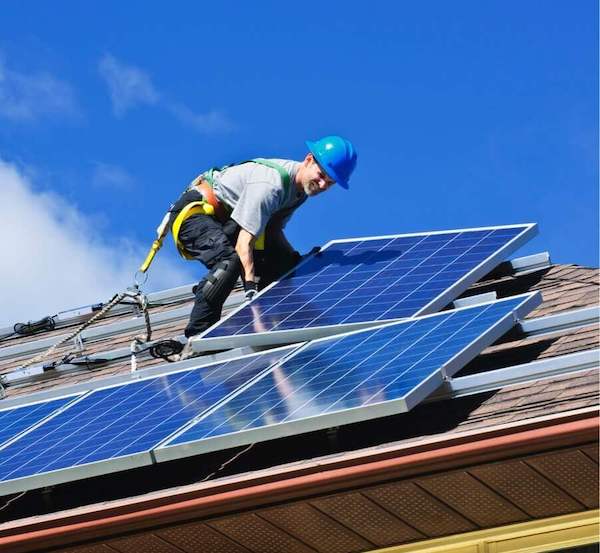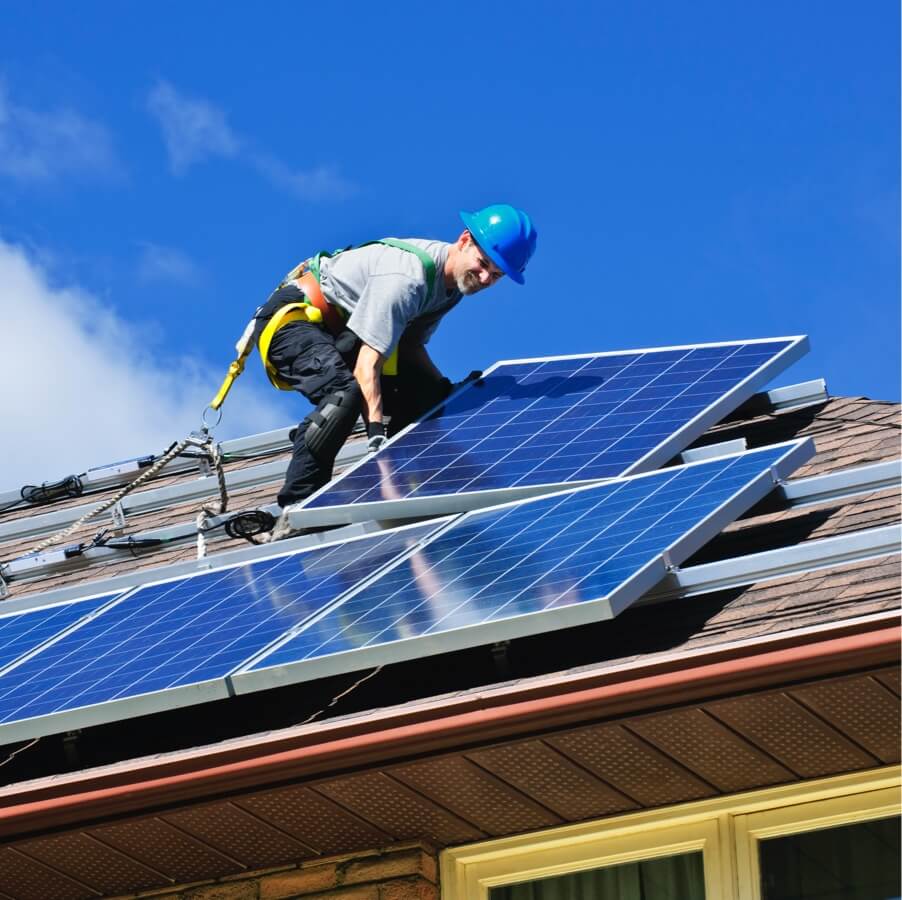Interesting Info About Indiana
Indiana, also known as the Hoosier State, has seen a population growth of 4.70% since 2010. As of 2020, the total population was 6,785,528. You might be surprised to find out that 71.2% of the people in Indiana own their homes. This means that of the 6,785,528 people in Indiana, 71.2% are potentially elligible to install solar panels at their home. Click here to find out if you're elligible for solar panels. Did you know that Indiana is the the home of The famous car race: the Indy 500? it should come as no surprise that the state motto is "The Crossroads of America".
The total area for Indiana is 35,826.11 square miles. When you factor in water area, it has an overall size of 36,419.55 square miles. The average elevation in Indiana is 700 feet with the highest point being Franklin Township, Wayne County at an elevation of 1,257 feet. The lowest point in Indiana is Ohio River. This type of landscape is generally advantageous for solar panels.







